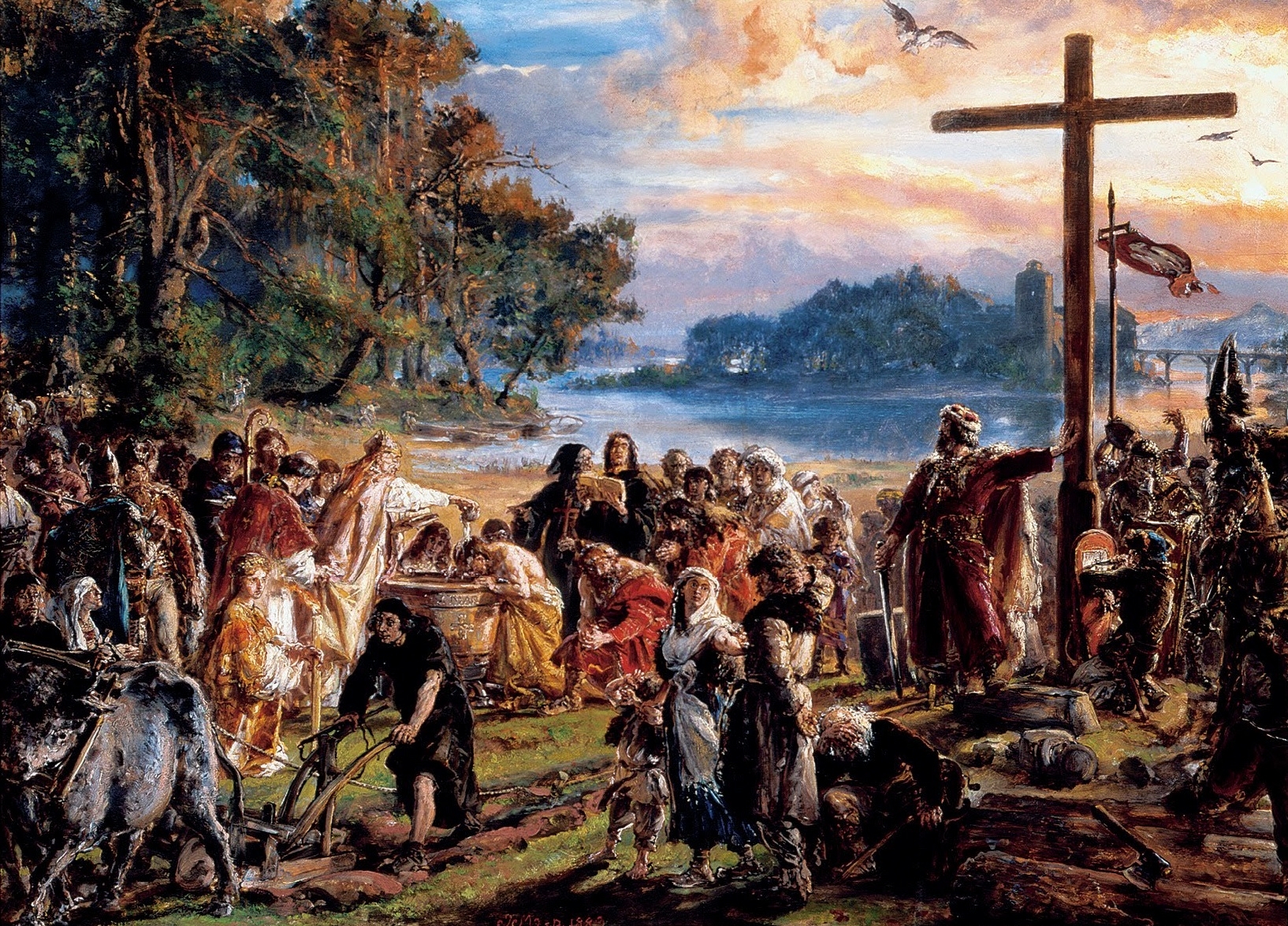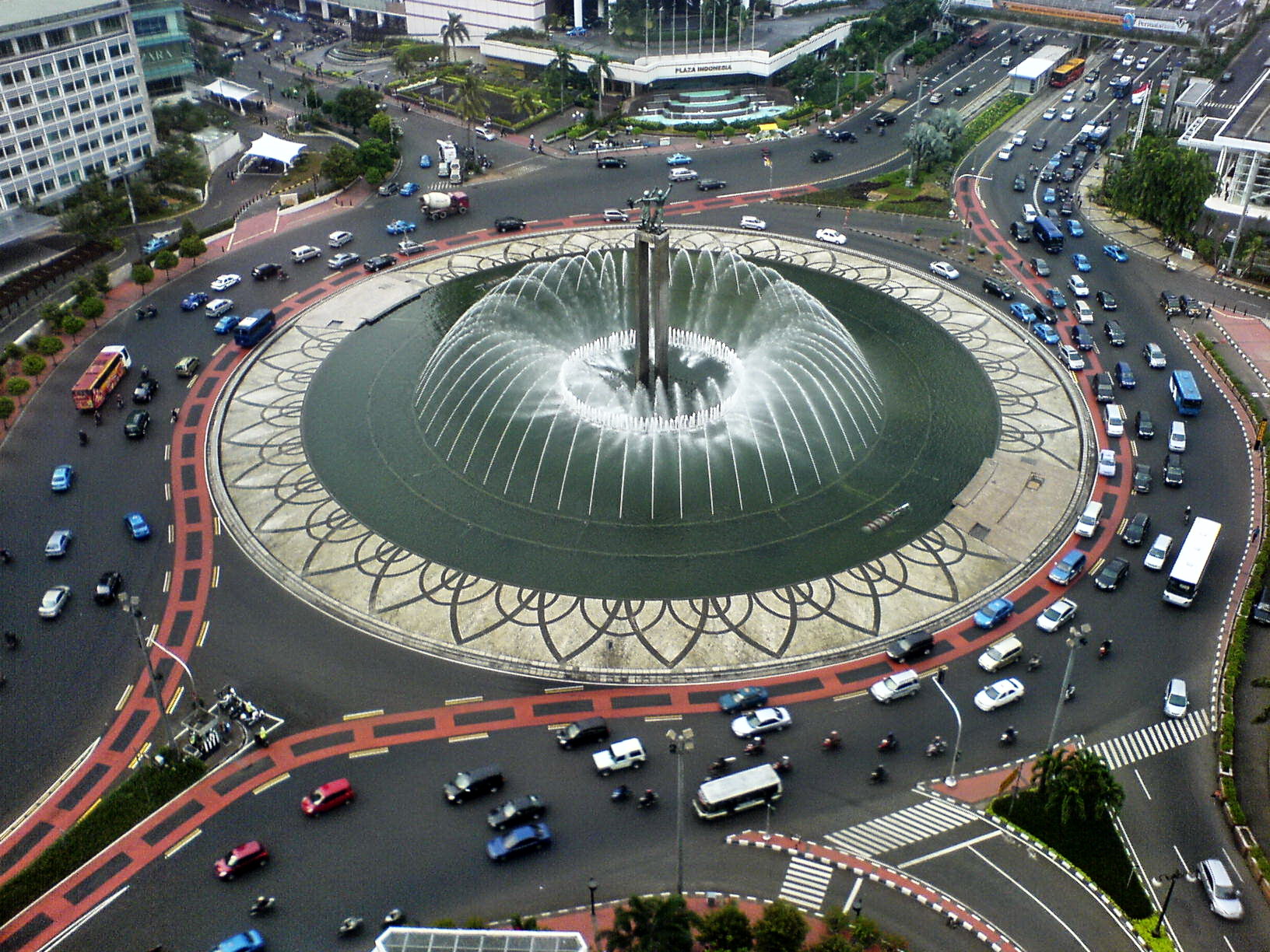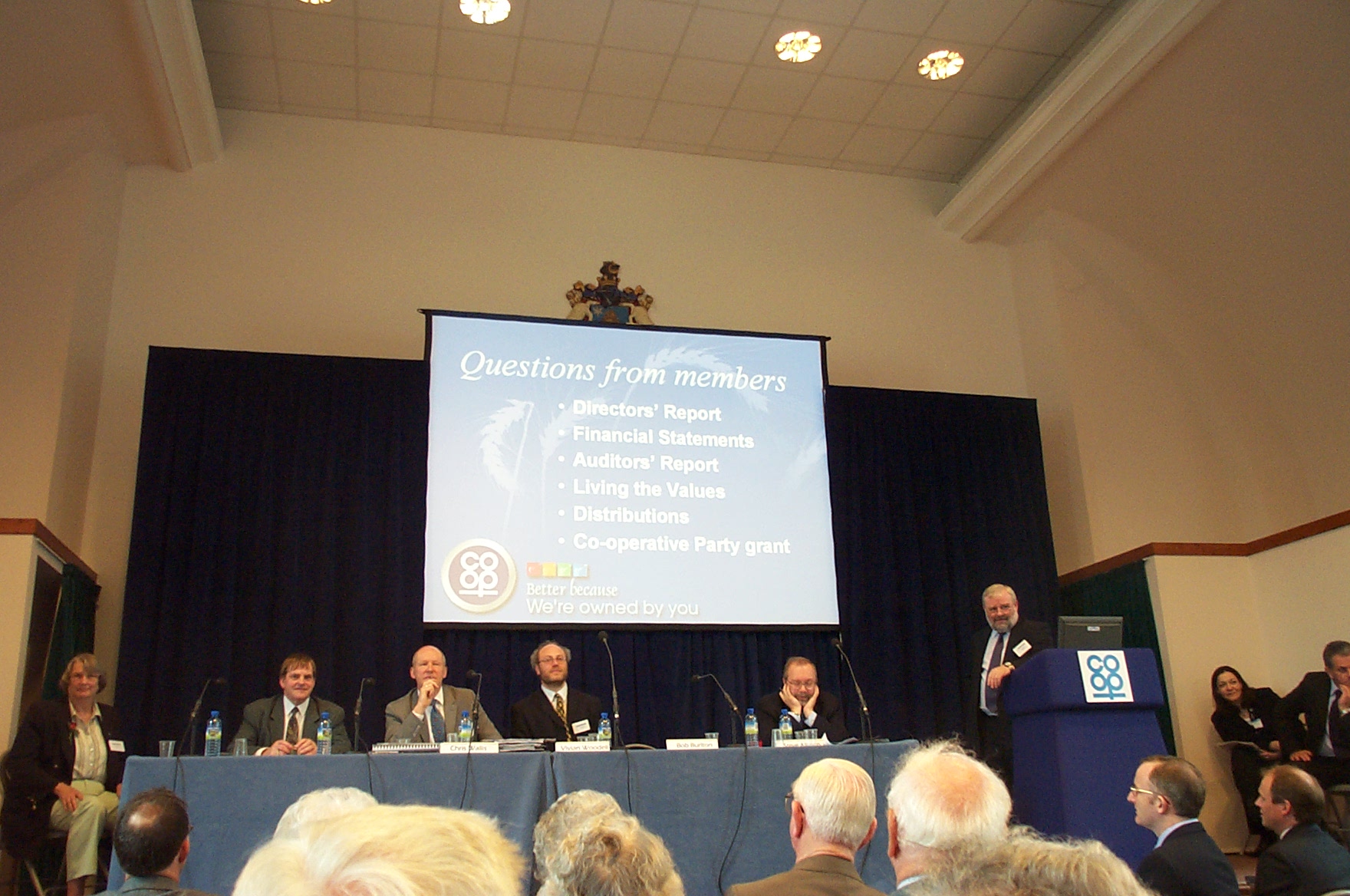|
Rataje, Poznań
Rataje is a large residential area in the eastern part of the city of Poznań in western Poland. It contains a number of housing estates, consisting mainly of Panelák, prefabricated concrete panel blocks, housing a total of approximately 90,000 people (about one sixth of the city's total population). The former village of Rataje was situated close to the right bank of the river Warta, and was incorporated into the city of Poznań in 1925. The area today referred to as Rataje also includes the former villages of Chartowo and Żegrze, brought within the city boundaries during the time of Nazi occupation of Poland, Nazi occupation in the early 1940s. The area was within the city's former Nowe Miasto, Poznań, Nowe Miasto district (1954–1990); in the current administrative division of Poznań it is divided into three ''osiedles'' called ''Rataje'', ''Chartowo'' and ''Żegrze''. (This use of the word "osiedle" should not be confused with the more common one denoting a housing estate ... [...More Info...] [...Related Items...] OR: [Wikipedia] [Google] [Baidu] |
Osiedle Bohaterów II Wojny Swiatowej
(Polish plural: ) is a term used in Poland to denote a designated subdivision or neighbourhood of a city or its , or of a town, with its own council and executive. Like the and sołectwo, an is an auxiliary unit (''jednostka pomocnicza'') of a gmina. These units are created by decision of the gmina council, and do not have legal personality in their own right. In the case of an urban-rural gmina, it is also possible for a whole town to be designated an auxiliary unit. Not all Polish cities or towns have in the above sense. However the word is also frequently used to denote any housing estate A housing estate (or sometimes housing complex, housing development, subdivision (land), subdivision or community) is a group of homes and other buildings built together as a single development. The exact form may vary from country to count ... or development. ReferencesPolish Act of 8 March 1990 on gmina self-government, as amended(in Polish) Administrative divisions of P ... [...More Info...] [...Related Items...] OR: [Wikipedia] [Google] [Baidu] |
Baptism Of Poland
The Christianization of Poland ( ) refers to the introduction and subsequent spread of Christianity in Poland. The impetus to the process was the Baptism of Poland ( ), the personal baptism of Mieszko I, the first ruler of the future Polish state, and much of his court. The ceremony took place on Holy Saturday, 14 April 966 (under the Julian pre-Gregorian calendar, equivalent to 19 April 966 Gregorian), although the exact location is disputed by historians, with the cities of Poznań and Gniezno being the most likely sites. Mieszko's wife, Dobrawa of Bohemia, is often seen as a major influence on Mieszko's decision to accept Christianity. While the spread of Christianity in Poland took centuries to finish, the process was ultimately successful, as within several decades Poland joined the rank of established European states recognised by the papacy and the Holy Roman Empire. According to historians, the baptism of Poland marks the beginning of Polish statehood. Nevertheless, th ... [...More Info...] [...Related Items...] OR: [Wikipedia] [Google] [Baidu] |
Roundabout
A roundabout, a rotary and a traffic circle are types of circular intersection or junction in which road traffic is permitted to flow in one direction around a central island, and priority is typically given to traffic already in the junction.''The New Shorter Oxford English Dictionary,'' Volume 2, Clarendon Press, Oxford (1993), page 2632 In the United States, engineers use the term modern roundabout to refer to junctions installed after 1960 that incorporate design rules to increase safety. Compared to stop signs, traffic signals, and earlier forms of roundabouts, modern roundabouts reduce the likelihood and severity of collisions greatly by reducing traffic speeds through horizontal deflection and minimising T-bone and head-on collisions. Variations on the basic concept include integration with tram or train lines, two-way flow, higher speeds and many others. For pedestrians, traffic exiting the roundabout comes from one direction, instead of three, simplifying the p ... [...More Info...] [...Related Items...] OR: [Wikipedia] [Google] [Baidu] |
Tram
A tram (also known as a streetcar or trolley in Canada and the United States) is an urban rail transit in which Rolling stock, vehicles, whether individual railcars or multiple-unit trains, run on tramway tracks on urban public streets; some include segments on segregated Right-of-way (property access), right-of-way. The tramlines or tram networks operated as public transport are called tramways or simply trams/streetcars. Because of their close similarities, trams are commonly included in the wider term ''light rail'', which also includes systems separated from other traffic. Tram vehicles are usually lighter and shorter than Main line (railway), main line and rapid transit trains. Most trams use electrical power, usually fed by a Pantograph (transport), pantograph sliding on an overhead line; older systems may use a trolley pole or a bow collector. In some cases, a contact shoe on a third rail is used. If necessary, they may have dual power systems—electricity in city stre ... [...More Info...] [...Related Items...] OR: [Wikipedia] [Google] [Baidu] |
Multiplex (movie Theater)
A multiplex is a movie theater complex with multiple screens or auditoriums within a single complex. They are usually housed in a specially designed building. Sometimes, an existing venue undergoes a renovation where the existing auditoriums are split into smaller ones, or more auditoriums are added in an extension or expansion of the building. The largest of these complexes can sit thousands of people and are sometimes referred to as a megaplex. The difference between a multiplex and a megaplex is related to the number of screens, but the dividing line is not well-defined. Some say that 16 screens and stadium seating make a megaplex, while others say that at least 24 screens are required. Megaplex theaters may have stadium seating or normal seating, and may have other amenities often not found at smaller movie theaters; multiplex theatres often feature regular seating. The Kinepolis-Madrid megaplex in Spain, owned by the Belgian Kinepolis Group, is the largest movie theater ... [...More Info...] [...Related Items...] OR: [Wikipedia] [Google] [Baidu] |
Lake Malta
Lake Malta, known also as the Maltański Reservoir,Gołdyn R., Kozak A., Kostka K. 1994. Causes of changes in the water quality of the restored Maltański Reservoir in Poznań. In: Gołdyn R. (ed.) Protection of the water of the catchment area of the river Cybina. Poznań: Poznańskie Towarzystwo Przyjaciół Nauk (PTPN), pp. 33-58. is an artificial lake in Poznań, Poland. It was formed in 1952 as a result of the damming of the Cybina River. It is about 2.2 km long (with the circuit of 5,6 km), which makes the lake the biggest man-made lake of the city. The water is 3.1 m deep on average with a maximum about 5 m. There are a number of recreational attractions along the edge of the lake including: *an artificial ski slope, *an artificial ice rink, *a zoological garden, * Kolejka Parkowa Maltanka - a narrow gauge railway, *the Mound of Freedom, *seasonal bikes rental - MaltaBike The lake also has one of the oldest man-made rowing venues in Europe - ''The Malta Regatta Cou ... [...More Info...] [...Related Items...] OR: [Wikipedia] [Google] [Baidu] |
Cooperative
A cooperative (also known as co-operative, coöperative, co-op, or coop) is "an autonomy, autonomous association of persons united voluntarily to meet their common economic, social and cultural needs and aspirations through a jointly owned and democratically-controlled wikt:Enterprise, enterprise". Cooperatives are democratically controlled by their members, with each member having one vote in electing the board of directors. They differ from Collective farming, collectives in that they are generally built from the bottom-up, rather than the top-down. Cooperatives may include: * Worker cooperatives: businesses owned and managed by the people who work there * Consumer cooperatives: businesses owned and managed by the people who consume goods and/or services provided by the cooperative * Producer cooperatives: businesses where producers pool their output for their common benefit ** e.g. Agricultural cooperatives * Purchasing cooperatives where members pool their purchasing power ... [...More Info...] [...Related Items...] OR: [Wikipedia] [Google] [Baidu] |
Union Of Polish Youth
Związek Młodzieży Polskiej (Union or Association of Polish Youth, abbr. ZMP) was a Polish communist youth organization, existing from 1948 to 1956. It was subordinated to Polish United Workers' Party The organization was formally established on On July 22, 1948, during the Congress of Unity of Polish Youth in Wrocław, the youth organizations were united. The proposals for unification were put forward by activists of the communist youth organization - Union of Youth Struggle (''Związek Walki Młodych'') - during the 1st nationwide Congress in September 1947. The result of the Congress of Unity was the liquidation of all youth organizations other than the Union of Polish Youth. For several years it supervised Polish scouting. Membership in it was often obligatory (officially or unofficially) for various purposes, such as being able to attend the universities. Membership was refused to those who were deemed "unsuitable" - due to non-worker/peasant family background, or thei ... [...More Info...] [...Related Items...] OR: [Wikipedia] [Google] [Baidu] |
July Manifesto
The Manifesto of the Polish Committee of National Liberation, also known as the July Manifesto () or the PKWN Manifesto (), was a political manifesto of the Polish Committee of National Liberation (PKWN), a Soviet-backed administration, which operated in opposition to the London-based Polish government in exile. It was officially proclaimed in Chełm on 22 July 1944, and shortly after, its text was personally amended by Joseph Stalin in Moscow, before being printed there as well. Printing in Poland was staged for the media by the Soviets. Contents The manifesto was addressed to the Polish nation at that time: individuals both within Nazi-occupied Poland, and those in exile abroad due to the ongoing World War II. It was arranged into thirteen main points. Among and within these points: * It declares the legitimacy of the coming State National Council, a Soviet-backed administration composed of populists, democrats, socialists, communists and other organisations. It then ... [...More Info...] [...Related Items...] OR: [Wikipedia] [Google] [Baidu] |
Communism
Communism () is a political sociology, sociopolitical, political philosophy, philosophical, and economic ideology, economic ideology within the history of socialism, socialist movement, whose goal is the creation of a communist society, a socioeconomic order centered on common ownership of the means of production, distribution, and exchange that allocates products in society based on need.: "One widespread distinction was that socialism socialised production only while communism socialised production and consumption." A communist society entails the absence of private property and social classes, and ultimately money and the State (polity), state. Communists often seek a voluntary state of self-governance but disagree on the means to this end. This reflects a distinction between a Libertarian socialism, libertarian socialist approach of communization, revolutionary spontaneity, and workers' self-management, and an authoritarian socialism, authoritarian socialist, vanguardis ... [...More Info...] [...Related Items...] OR: [Wikipedia] [Google] [Baidu] |
Polans (western)
The Polans ( Polish: ''Polanie''; Latin: ''Polani'', ''Polanos''), also known as Polanians or Western Polans ( Polish: ''Polanie Zachodni''; Latin: ''Polani Occidentis''), were a West Slavic and Lechitic tribe who inhabited the Warta River basin of the contemporary Greater Poland region starting in the 6th century. They were one of Central Europe's main tribes and closely related to the Vistulans, Masovians, Czechs and Slovaks. According to Zygmunt Gloger, their name was derived from the word "pole", meaning "field", thus denoting them as "men of the fields". History In the 9th century, the Polans united several West Slavic (Lechitic) groups to the north of Great Moravia. The union led by the Piast dynasty developed into the Duchy of Poland, whose name derives from that of the Polans. The earliest Polan rulers mentioned by name are the legendary figures of Piast the Wheelwright and Popiel (8th–9th centuries). The first historical ruler was Mieszko I (960–992), wh ... [...More Info...] [...Related Items...] OR: [Wikipedia] [Google] [Baidu] |





